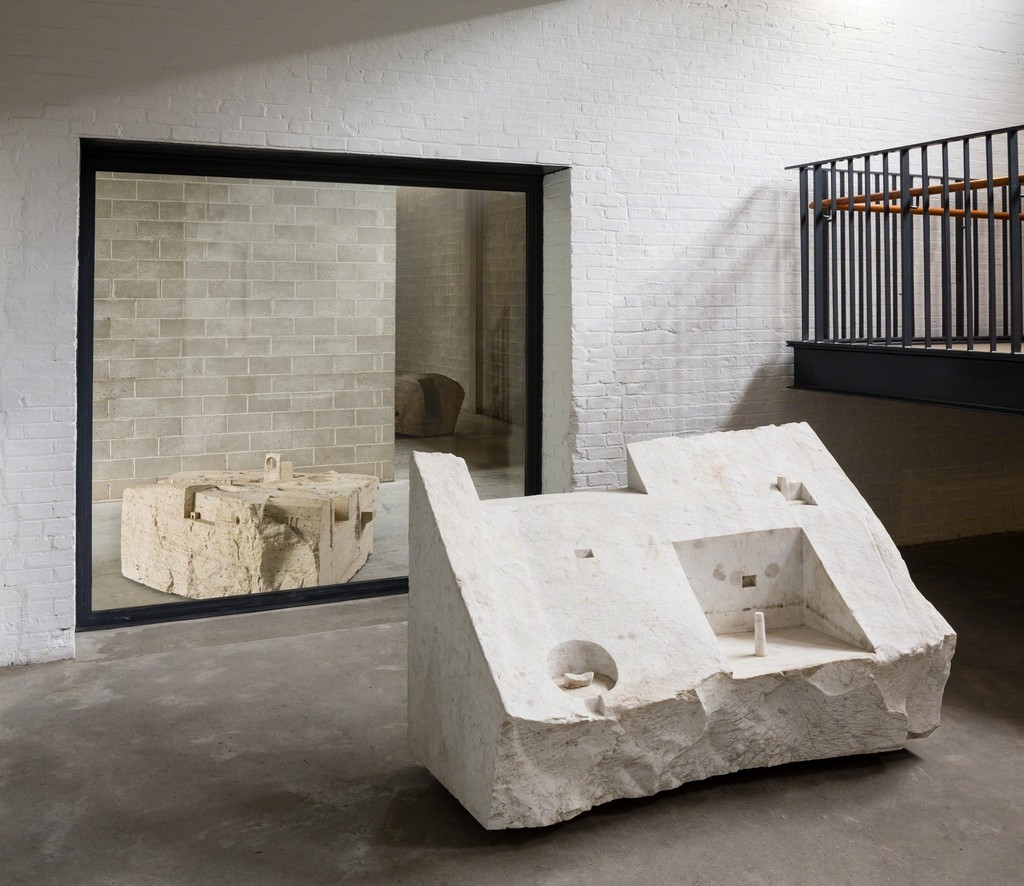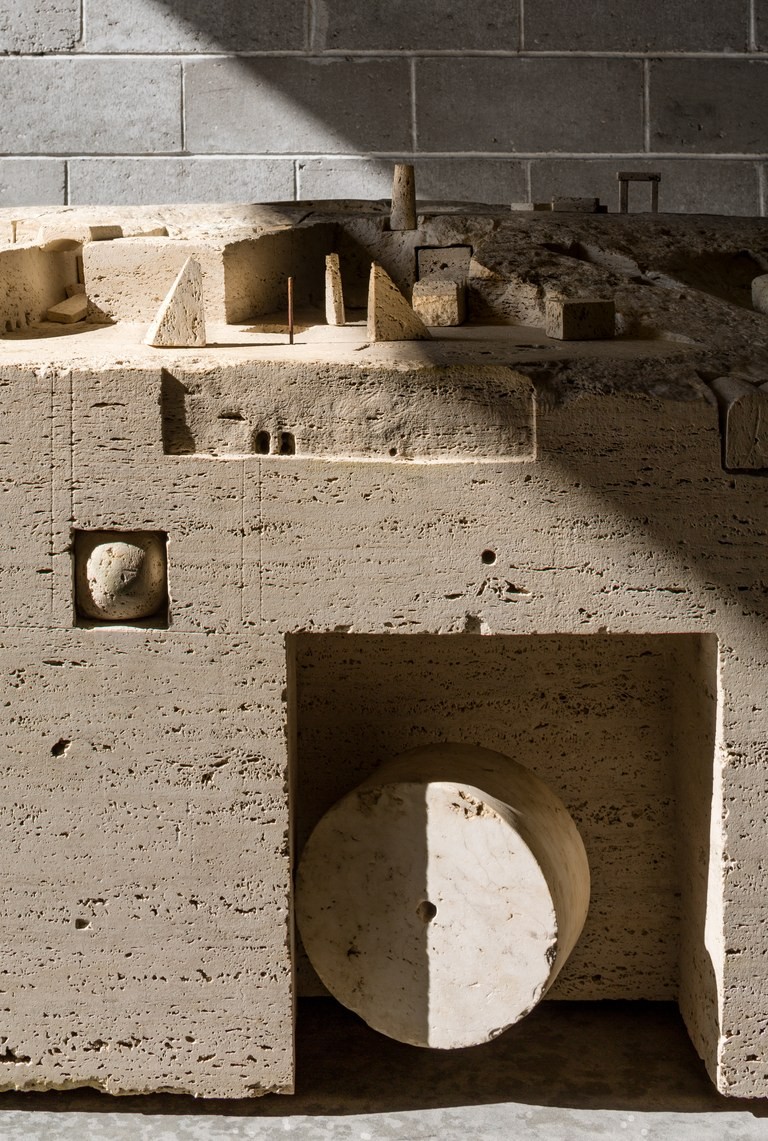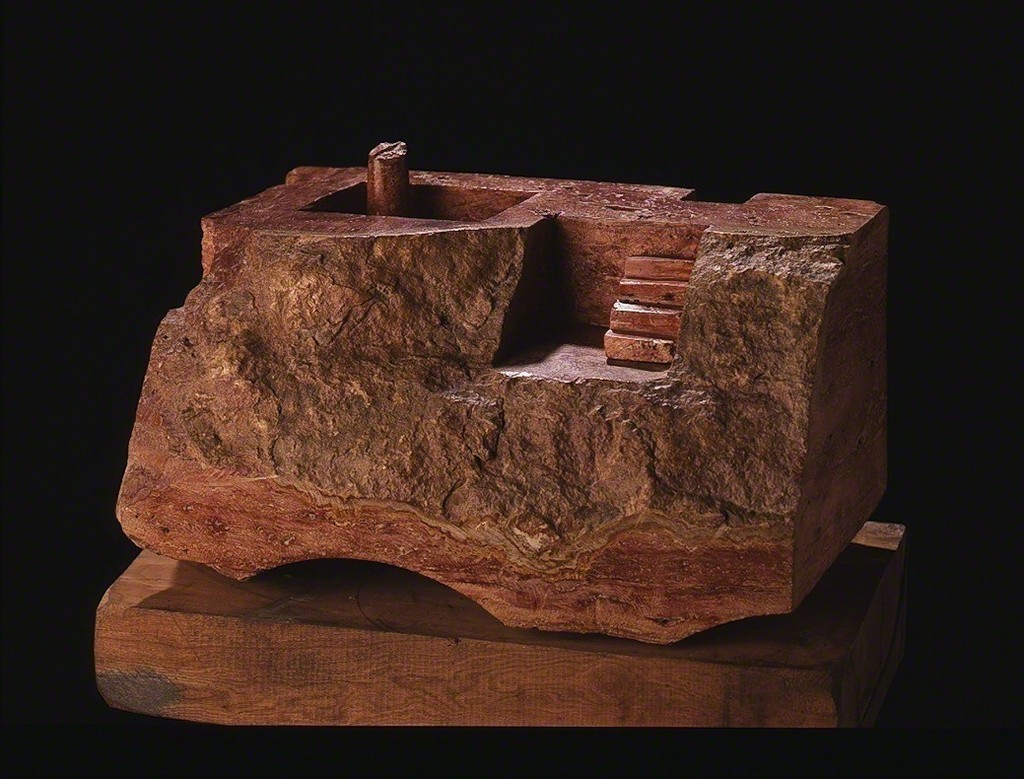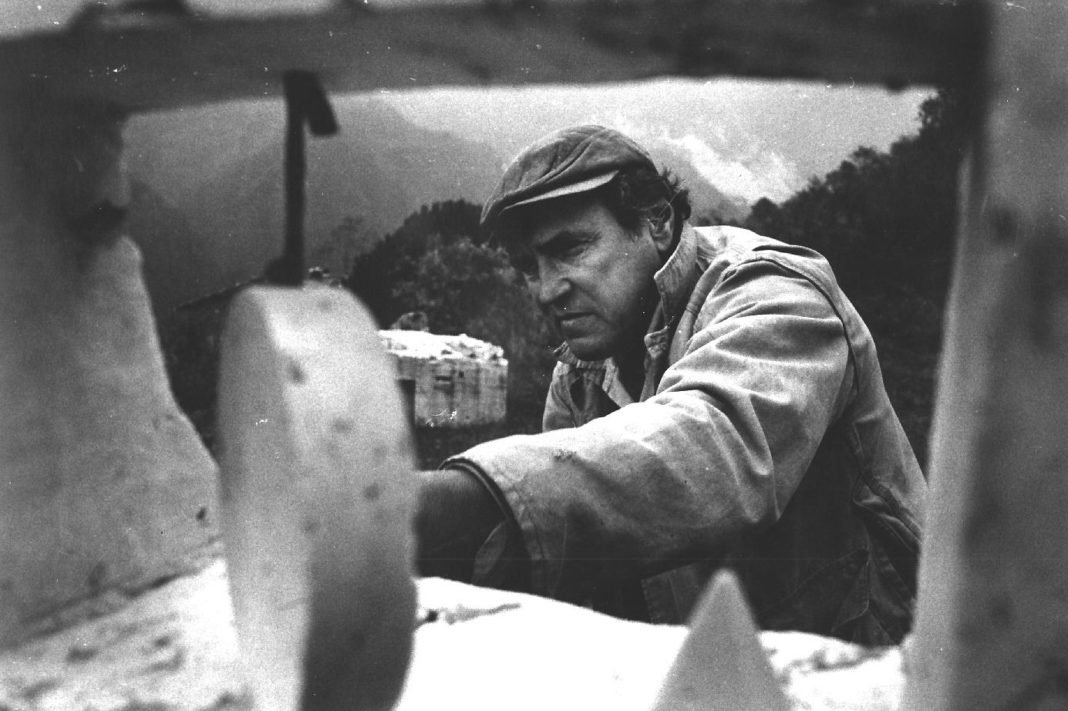The traditional exhibitions are seldom bored for us, aren’t they? If You are fond of unnormal and surrealistic forms, welcome to the Gonzalo Fonseca’s performance! The Noguchi Museum presents a retrospective exhibition of the sculptural work of Gonzalo Fonseca (1922–97). The exhibition encompasses some 80 objects, primarily works in stone from the mid-1960s to the 1990s, complemented by selected drawings and sketchbooks.

On the occasion of the exhibition, The Noguchi Museum has produced two chapbooks: Gonzalo Fonseca: Four Sculptures and Gonzalo Fonseca: At Scale. The Museum is also working with the Gonzalo Fonseca Estate to produce a new monograph on the artist. By the way, Membra Disjecta: Gonzalo Fonseca and the Heart of Stone, a new biographical film by Michael Gregory, received a special advance screening at the Museum to coincide with the exhibition
Gonzalo Fonseca (1922-1997) understood sculpture as a microcosmic way to engage civilization and weave together past and future. He often worked with found stone; considered nature, time, and chance his collaborators; and believed in the universal and transformative power of play. Fonseca was a Modernist, who integrated the forms and magical imagination that he encountered in his extensive travel and reading into his work.
 In 1958, the Uruguayan-born Fonseca moved to New York City, with his wife, where he would be based for the next forty years – raising a family that would come to include four children. He became a sculptor in the mid-1960s, when the language of forms he had invented in two dimensions seems finally to have demanded development in three. Working first in found limestone, brownstone, and sandstone in New York City, and later, additionally, in a wide variety of marbles in Italy—in the same stone-working community as Isamu Noguchi—he produced wall reliefs, freestanding structures, and sculptures. Reliefs in wood and concrete as well as mosaics mark this transitional period. Between 1965 and 1970, Fonseca made a number of large-scale public works, including a playground, underpass, and monument in Reston, Virginia; an experimental play structure for a park in the Bronx, New York; and a monumental concrete tower for the 1968 Mexico City Olympics.
In 1958, the Uruguayan-born Fonseca moved to New York City, with his wife, where he would be based for the next forty years – raising a family that would come to include four children. He became a sculptor in the mid-1960s, when the language of forms he had invented in two dimensions seems finally to have demanded development in three. Working first in found limestone, brownstone, and sandstone in New York City, and later, additionally, in a wide variety of marbles in Italy—in the same stone-working community as Isamu Noguchi—he produced wall reliefs, freestanding structures, and sculptures. Reliefs in wood and concrete as well as mosaics mark this transitional period. Between 1965 and 1970, Fonseca made a number of large-scale public works, including a playground, underpass, and monument in Reston, Virginia; an experimental play structure for a park in the Bronx, New York; and a monumental concrete tower for the 1968 Mexico City Olympics.
Fonseca would divide the remainder of his life between a fifth floor studio on Great Jones Street in Manhattan and a hilltop studio in Italy among the quarries and stone-working communities around Monte Altissimo (one of Michelangelo’s marble mountains).

A voracious polymath, Fonseca steeped himself in the natural sciences, linguistics, and history, and his sculptures often feel synthesized from, or like an index to, the contents of the lost Library of Alexandria. They are complex fictions: at once playful and serious, austere and whimsical, childlike and, above all, archetypal. Fonseca was interested in the commonalities among Earth’s civilizations, and in how they might be abstracted in a universal vocabulary of forms. In a sense, he spent his entire life reverse engineering the Tower of Babel, that great symbol of human ambition, pluralism, and impermanence. But though the sculptures appear inextricably connected to the ancient world, their intent is more postmodern than archaeological. To encounter them is to enter, as one does at The Noguchi Museum, a virtual encyclopedia of ideas about the relationship between space, place, and human understanding.
Thus, You have the attractive excuse to leave your house. Each person can find something to fix the eyes.

























